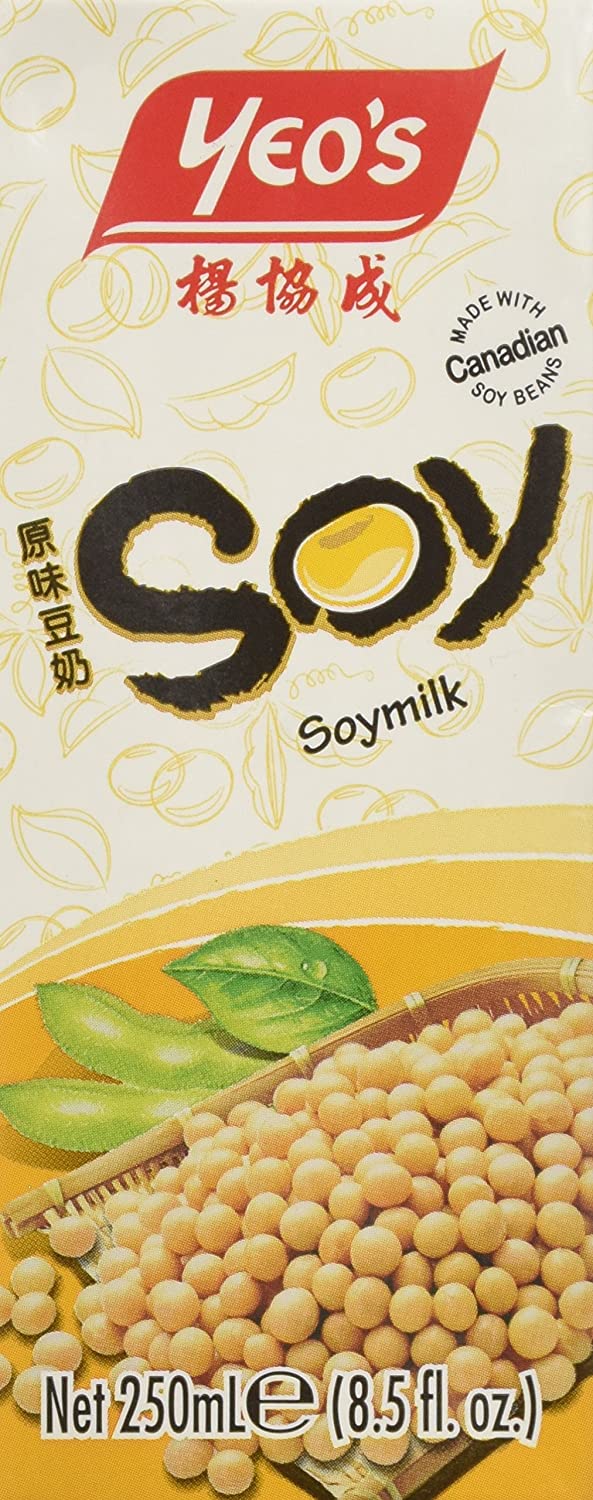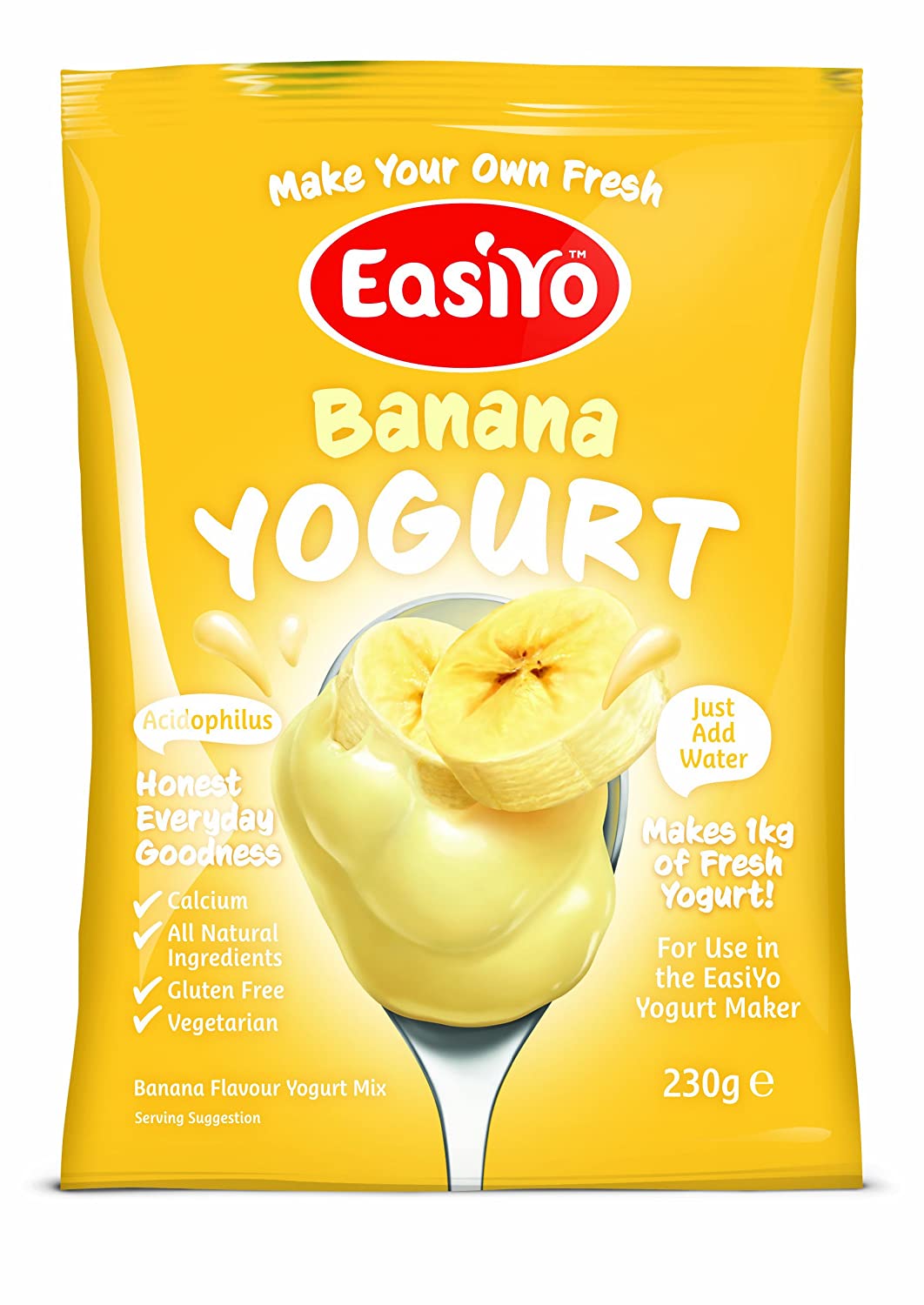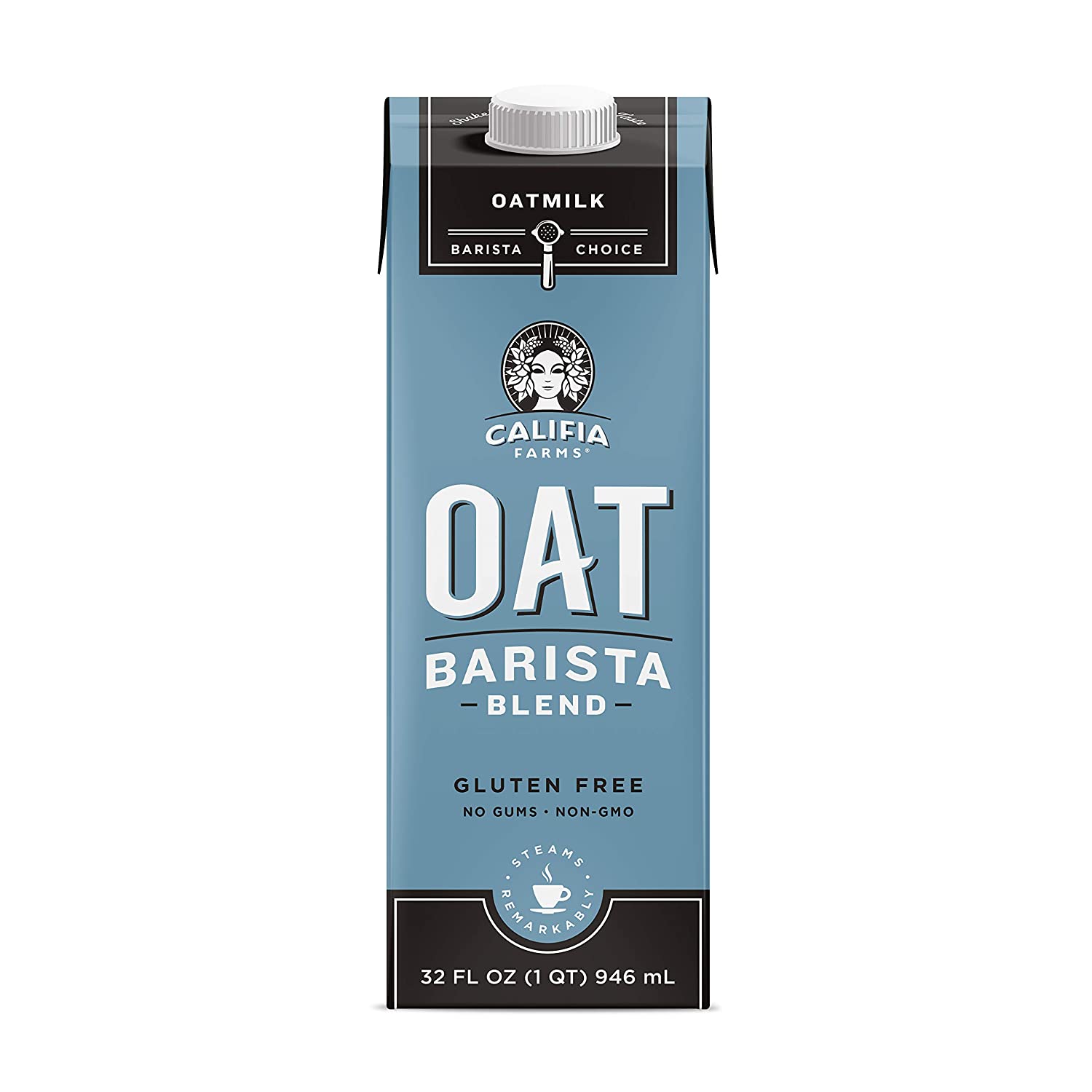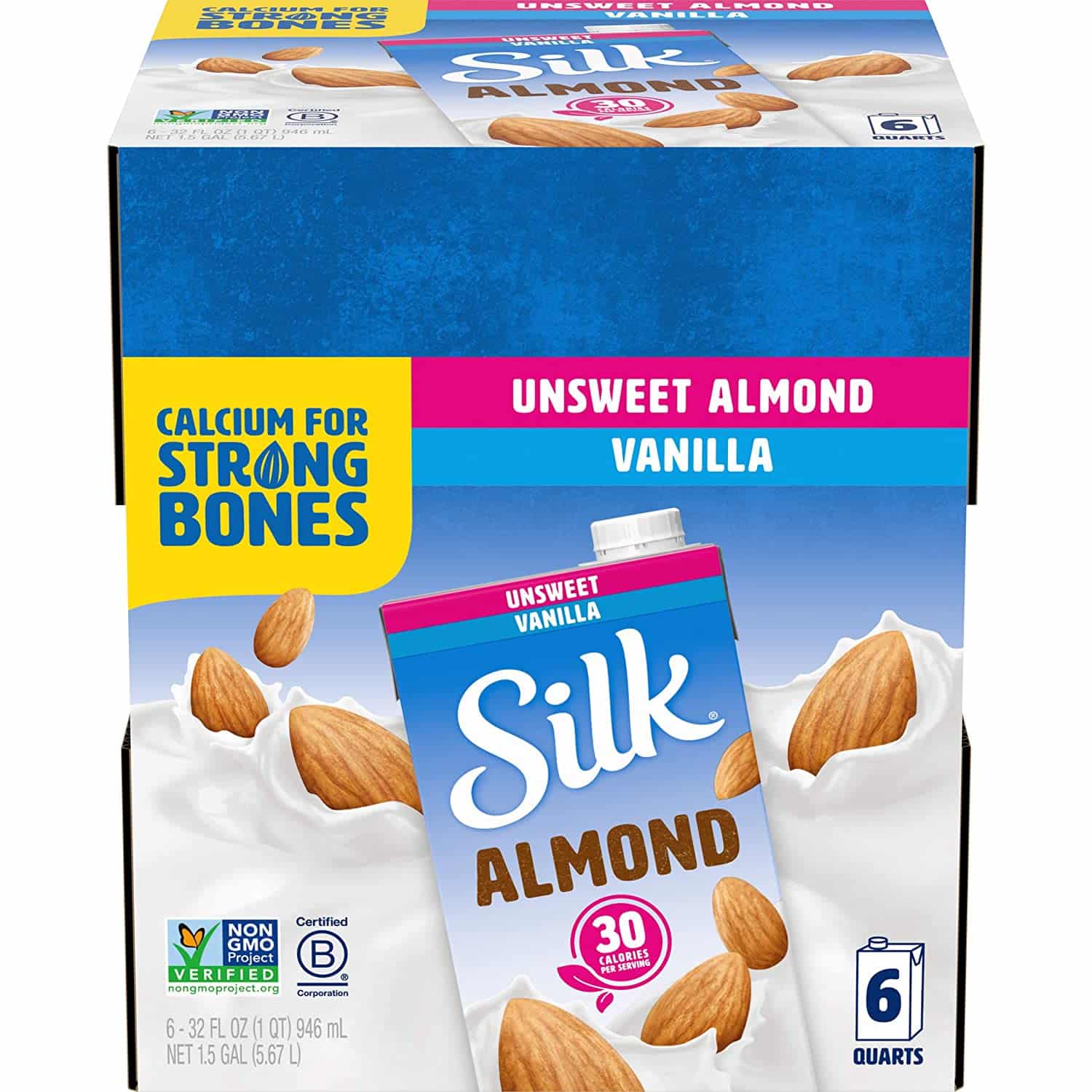Updated on April 9th, 2023
Milk is an ingredient with so many purposes. It is commonly used in recipes, especially baked goods. This rich liquid has so many nutrients and functions. Milk is gotten from various sources. Every female mammal has the ability to produce milk. Hence, milk is gotten from different sources. Examples include; goat milk, cow milk, etc. When the general term “milk” is mentioned, however, it refers to cow milk. This milk, in particular, is produced by the mammary gland of a cow. Today, it is used for a plethora of purposes. This ranges from the feeding of infants to cooking. It has now dominated the commercial production of milk worldwide.
A full gallon of milk weighs 8.6lb of milk. Milk has a PH level of between 6.5 to 6.7 at 25C. Every 100 grams of milk contains 42 calories and 1% fat. The nutrients in milk include; B vitamins, calcium, phosphorus, potassium, protein, and vitamin D. Despite having so many health benefits, excess consumption of milk could lead to cancer. This is due to the high level of calcium in it. If taken properly, however, it proves to be a great source of nutrients to the body. Milk is also processed to produced other goods. Products of milk include; butter, cottage cheese, yogurt, powdered milk, etc.
Milk Nutrition Facts:
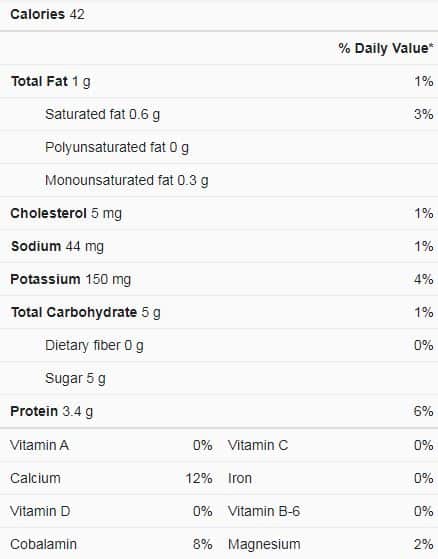
Milk has a clean, pleasant, and sweet taste. It is white in color and has a not-so-light consistency. It doesn’t exactly have a smell. Milk has a subtle, nice flavor. If it is thick, lumpy, or cuddly, then it is no longer safe for consumption. It should be discarded. Milk is good for good bone and teeth development and strength. It is used to add color and flavor to cooked and baked goods. It helps to moisten batters and dough and add some protein into them. It is also a source of liquid to help hydrate dry ingredients. It also helps in browning baked goods as well.
Uses of Milk in recipes
- Sweet milk homemade waffles
- Potato gratin and with onions and sage
- Vanilla milkshake
- Southern white gravy
- Vanilla flavored cupcakes
Milk may not always be available to us. And for some other reasons, we may be unable to make use of milk in our recipes. Hence, we look for alternatives. This article identifies good substitutes for milk in recipes. They will be discussed below.
What is a good substitute for milk?
A good substitute for milk should be able to carry out most or all the functions of milk. When selecting a good substitute, you need to consider some factors. Health factor is a major concern. Another factor to note is nutritional content. A high-calorie substitute, for instance, is not recommended for people on a low-calorie diet. It needs to be affordable and easy to find. In other cases, it needs to be easy to make at home in a jiffy. Below is a list of substitutes you can use in place of milk.
Soy Milk
This is a non-dairy substitute for milk. It originated in East Asia. Its properties are very similar to cow milk. It contains a high amount of protein. Every cup of soy milk contains about 7 grams of protein. Similarly, every cup of cow’s milk contains about 8 grams of protein. Naturally, it has high-calorie content. But some manufacturing brands produce soy milk with lower calorie content.
Soy milk is obtained from soya beans. The soya beans are soaked, ground, boiled and then filtered. It contains balanced amounts of oil, water, and proteins. This ingredient is rich in omega-3 fatty acids. These are healthy fats that help in reducing the risk of dementia and Alzheimer’s disease. Once you open a bottle of soy milk, it needs to be refrigerated. This can help it last for up to 10 days.
Soy milk is suitable for vegetarians or people with lactose intolerance. It has a creamy texture and a mild flavor. It is sweeter than its other milk counterparts. It is smooth, and it’s slightly off-white in color. Soy milk is one of the best alternatives to cow milk. Use it in the same ratio you would use cow milk in your recipe.
Coconut Milk
Coconut milk is a sweet, creamy liquid. It is also a non-dairy product. It contains as much saturated fat as cow milk. Coconut milk is gluten-free. Just like cow milk, it can be used for a vast array of purposes. It is a perfect substitute for cooking and in cereals as well. This ingredient is commonly used as a thickener for Thai sauce.
Coconut milk is obtained by grinding coconut meat (the white inner part of a coconut) with water. The rich viscous liquid that is obtained from this process is called “coconut milk.” It has a smooth, creamy texture. It is sweet, floral, and nutty in flavor. It also has a subtle sweet smell. Coconut milk can be used as a substitute for cow milk in many recipes. Just use it in the same amount you would use cow milk in your recipe.
Plain Yogurt
Plain yogurt is a creamy, thick white liquid. It has a tart, tangy flavor to it. It contains about 61 calories, 3.5 grams of protein, and 4.7 grams of carbohydrates per 100 grams. It is a great substitute for milk in baking. However, a little water needs to be added to it to thin it out. This would give it a consistency similar to milk.
Plain yogurt contains a lot of nutrients. Some of these nutrients include; B vitamins, calcium, phosphorus, potassium, magnesium, vitamin D, etc.; it is also high in protein. This makes it very similar to milk. When substituting, use it in equal amounts to milk in your recipe.
Oat Milk
Oat milk is plant milk that originated in the 13th century. It was first made by a Swedish scientist named Richard Oste. Oat milk is a great substitute for milk in coffee. This is because it helps in effectively balancing the acidity of espresso coffee. It is also good for use in custards, buttercreams, mousses, and even ganache. However, it would be lighter in them than when you use cow milk. But it will still be great anyway.
Oat milk is milk obtained from whole oat grains. It has a creamy consistency. Its natural flavor is oatmeal-like. However, after processing, it is made available in other flavors. They include vanilla, chocolate, sweetened flavor, etc. A cup of oat milk contains about 120 calories, 3 grams of protein, and 5 grams of fat. Oat milk is packed with vitamins such as; vitamin A, iron, vitamin D, calcium, fiber, etc… It has a higher level of carbohydrates than its other milk counterparts. However, it does not contain saturated fats. When substituting, use it the same way you would use milk in your recipe.
Almond Milk
This is a great low-calorie substitute for milk. It is obtained from grounded almonds and water. Although it is shallow in protein, it contains other vitamins. These vitamins include calcium, vitamin D, vitamin C, etc… There is more water in almond milk than cow milk.
Almond milk is obtained by grinding Almonds with a lot of water. The milky, white end product is what is called Almond milk. The origins of Almond milk can be traced to the Islamic Middle East.
Almond milk has a thick and creamy consistency. It has a nutty flavor as well. Every cup of almond milk contains 30 – 60 calories, 1 gram of carbohydrates, and 3 grams of fat. It does not contain saturated fat, cholesterol, or lactose. Therefore, it is suitable for vegetarians and those with lactose intolerance.
Frequently Asked Questions
What milk substitute is the healthiest?
There are many healthy substitutes for milk. Some of them are; hemp milk, oat milk, almond milk, coconut milk, soy milk, A-2 milk, etc. Hemp milk is obtained from soaked hemp seeds. However, it does not contain any traces of the psychoactive component of the cannabis Sativa plant. Therefore, hemp milk is also healthy and safe for consumption.
What can I substitute for whole milk?
You can substitute the following for whole milk;
- ¾ cup 2% milk + ¼ cup half and half
- 7/8 cup skimmed milk + 1/8 cup heavy cream
- Soy milk (the general best substitute for whole milk)
- Coconut milk
- 2/3 cup 1% milk + ¼ cup half and half
Note: half and a half here means an equal blend of milk and cream.
What milk alternative tastes the most like milk?
Soy milk is the milk whose taste is closest to cow milk. It has a creamy consistency and a mild taste. This makes it similar to cow milk.
Conclusion
Milk has so many uses. It could be used to cook, bake, as a thickener, or add flavor to a recipe. However, due to certain reasons, we are forced to look for good milk alternatives. There are many factors to consider when choosing milk alternatives. These factors range from availability to affordability to diet. I have put together 5 good substitutes for milk for various purposes. I hope you found this helpful.
